Search Images
Browse Content (p. 1606)
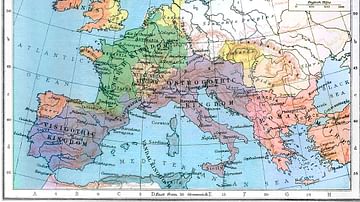
Image
Europe in 526 CE
Europe in 526 CE.
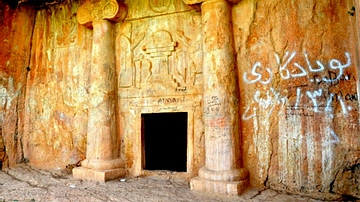
Image
Kiz Kapan Cave, Iraqi Kurdistan
The cave lies to the west of the city of Sulaimaniya, near the modern village Chemi Rezan. Kiz Kapan is Turkish term which means "the girl's abductor." The term is a modern one and bears no relationship with the cave's history. The cave dates...

Image
Epic of Dietrich von Bern, Sintram, and the Dragon
Sculpture from the Church of Saint Peter and Saint Paul in Rosheim, France, 12th century.
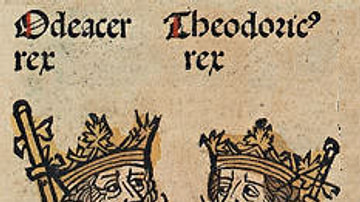
Image
Nuremberg Chronicle (Theodoric and Odoacer)
Woodcut depiction of Theodoric and Odoacer from the Nuremberg Chronicle, 1493 CE, written in Latin by Hartmann Schedel, translation into German by Georg Alt, now in the Bavarian State Library.
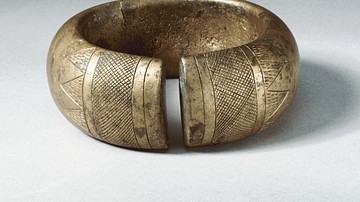
Image
Anklet
Period: Meroitic Period Date: 100–250 CE Geography: From Egypt and Sudan, Nubia, Gebel Faras, Cemetery 1, Grave 186, Oxford Univ. Exped. 1926 Medium: cupreous alloy Dimensions: Diam. 11 cm (4 5/16 in) Credit Line: Gift of Oxford University...
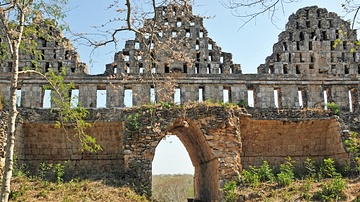
Image
House of the Pigeons, Uxmal
The House of the Pigeons at Uxmal, Mexico. This Maya building is so named because the intricate facade with many apertures resembles a dovecote. It was constructed c. 900 CE.
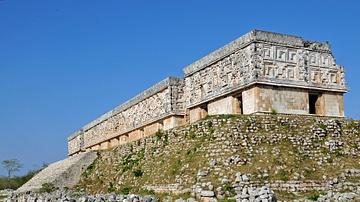
Image
House of the Governor, Uxmal
The House of the Governor, Uxmal, Mexico. The building was constructed in the 10th century CE to commemorate the reign of Lord Chahk. It was used as a royal palace and administrative centre.
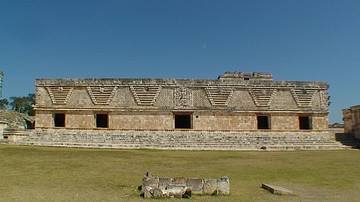
Image
Nunnery Quadrangle, Uxmal
The complex known as the Nunnery, Uxmal, Mexico. The Maya building was constructed in the 9th century CE and its purpose is unknown.
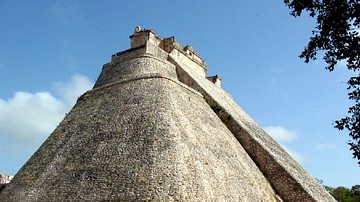
Image
Pyramid of the Magician, Uxmal
The Pyramid of the Magician, Uxmal, Mexico. The Maya temple was first built in the 6th century CE with additions made up to the 10th century CE.
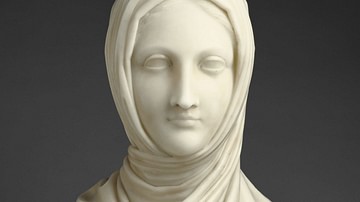
Image
Vestal Virgin by Canova
Antonio Canova (Italian, 1757 - 1822 CE)
Herm of a Vestal Virgin, 1821 - 1822, Marble
Object: H: 49.8 x W: 31.9 x D: 24.1 cm (1 ft. 7 5/8 in. x 1 ft. 9/16 in. x 9 1/2 in.)
The J. Paul Getty Museum, Los Angeles